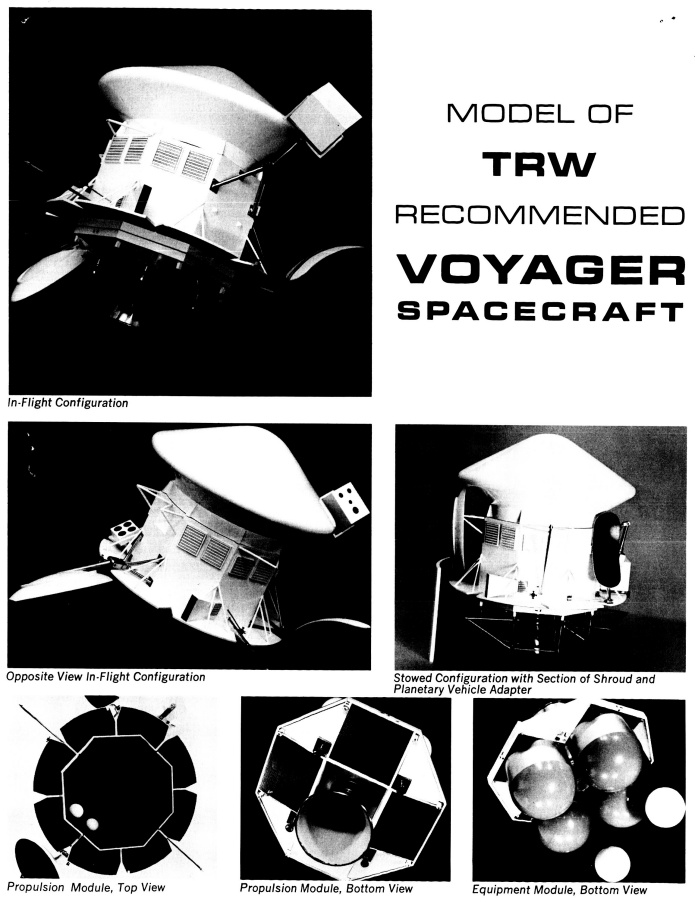Just saw this, a mashup of “space scenes” from 35 different motion pictures:
[vimeo 113142476]
Once again… holy crap. Not as spectacular as “Wanderers,” but still, it’s pretty awesome.
Hollywood seems incapable of producing an uplifting space exploration/exploitation/colonization movie; space is either merely a setting for an otherwise conventional tale, or it’s just a plain horrible place. However: in the midst of depicting space as disease and danger wrapped in darkness and silence, the visual artists have managed to create some scenes of Just Plain Awesome. The sort of stuff I’d love to be able to incorporate into my crappy fiction (such as this attempt).
And while Hollywood seems unable or unwilling to produce pro-space stuff… the same cannot be said for a whole bunch of regular folks with editing software, some free time and some skill. YouTubers may not be the source of uplifting storytelling we need, but they’re what we got.
Consider two things:
1) A lot of extremely high-quality uplifting space stuff is produced by people working on essentially no budget
2) The Syfy network produces a few high-quality, high-budget shows & movies, and a whole lot of low-budget crap. Imagine if they took the gamble of spreading some of their low-budget plans to include the uplifting amateurs. How many episodes of “Wanderers” could be made for the cost of the next “Sharknado?”
[vimeo 108650530]
[youtube v2nJvAWPDtk]




